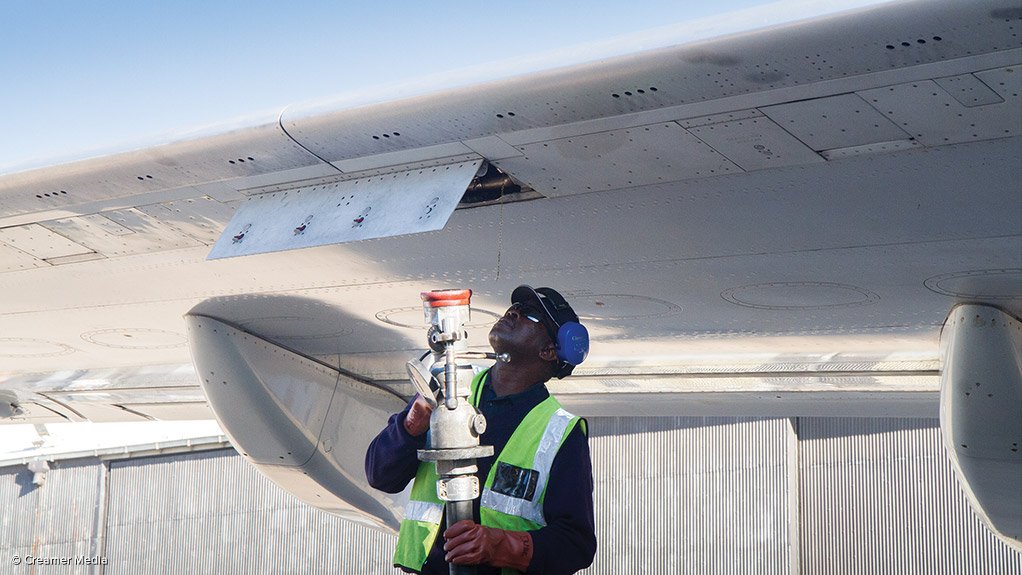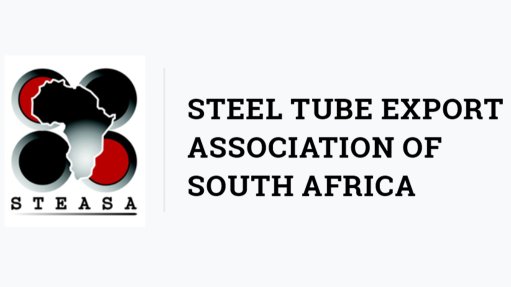IATA reports great surge in sustainable aviation fuel production, but incentives still needed
The International Air Transport Association (IATA), which is the representative body of the global airline industry, has estimated that the worldwide production of sustainable aviation fuels (SAF) this year would be 200% higher than it was last year. While, in 2021, total global SAF production came to 100-million litres, IATA expected it to reach at least 300-million litres this year. The association noted that some other, more optimistic, estimates were putting the total SAF production figure for this year as high as 450-million litres – an increase of 350% over last year.
Global production of SAF had been accelerating rapidly since 2019. In that year, it amounted to 25-million litres. This jumped to 62.5-million litres in 2020 and surged again to 100-million litres in 2021. In IATA’s opinion, whether this year’s total was 300-million litres or 450-million litres, the SAF industry was now on the verge of a capacity and production ramp-up that would be exponential and take the industry to an already identified production tipping point of 30-billion litres in 2030 – provided it was supported by the right policies.
SAF was seen as a “key contributor” to the fulfilling of the airline industry’s commitment to achieve net-zero carbon emissions aviation by 2050, IATA pointed out. Currently, it was estimated that SAF would be responsible for 65% of the reduction in airline carbon dioxide emissions that achieving this target would require. To achieve this would demand a yearly production of 450-billion litres of SAF in 2050.
“There was at least triple the amount of SAF in the market in 2022 than in 2021. And airlines used every drop, even at very high prices,” highlighted IATA director-general Willie Walsh. “If more was available, it would have been purchased. That makes it clear that it is a supply issue and that market forces alone are insufficient to solve it. Governments, who now share the same 2050 net-zero goal, need to put in place comprehensive production incentives for SAF. It is what they did to successfully transition economies to renewable sources of electricity. And it is what aviation needs to decarbonise.”
So far, more than 450 000 commercial flights have been flown using SAF. And more and more airlines are signing offtake agreements with SAF producers, to buy and use their fuels. This year, to date, some 40 such offtake agreements have been signed.
Currently, all the SAF that is commercially available is produced in biofuel refineries (hydrogen, as a fuel, is still in the experimental stage). These refineries also produced renewable biodiesel and biogas. Their total refining capacity would grow by more than 400% between now and 2025. The aviation sector needed to secure its SAF supply from this total capacity. That, in turn, required governments to establish production incentives for SAF, such as those they had already put in place for biodiesel and biogas.
Article Enquiry
Email Article
Save Article
Feedback
To advertise email advertising@creamermedia.co.za or click here
Comments
Announcements
What's On
Subscribe to improve your user experience...
Option 1 (equivalent of R125 a month):
Receive a weekly copy of Creamer Media's Engineering News & Mining Weekly magazine
(print copy for those in South Africa and e-magazine for those outside of South Africa)
Receive daily email newsletters
Access to full search results
Access archive of magazine back copies
Access to Projects in Progress
Access to ONE Research Report of your choice in PDF format
Option 2 (equivalent of R375 a month):
All benefits from Option 1
PLUS
Access to Creamer Media's Research Channel Africa for ALL Research Reports, in PDF format, on various industrial and mining sectors
including Electricity; Water; Energy Transition; Hydrogen; Roads, Rail and Ports; Coal; Gold; Platinum; Battery Metals; etc.
Already a subscriber?
Forgotten your password?
Receive weekly copy of Creamer Media's Engineering News & Mining Weekly magazine (print copy for those in South Africa and e-magazine for those outside of South Africa)
➕
Recieve daily email newsletters
➕
Access to full search results
➕
Access archive of magazine back copies
➕
Access to Projects in Progress
➕
Access to ONE Research Report of your choice in PDF format
RESEARCH CHANNEL AFRICA
R4500 (equivalent of R375 a month)
SUBSCRIBEAll benefits from Option 1
➕
Access to Creamer Media's Research Channel Africa for ALL Research Reports on various industrial and mining sectors, in PDF format, including on:
Electricity
➕
Water
➕
Energy Transition
➕
Hydrogen
➕
Roads, Rail and Ports
➕
Coal
➕
Gold
➕
Platinum
➕
Battery Metals
➕
etc.
Receive all benefits from Option 1 or Option 2 delivered to numerous people at your company
➕
Multiple User names and Passwords for simultaneous log-ins
➕
Intranet integration access to all in your organisation



















